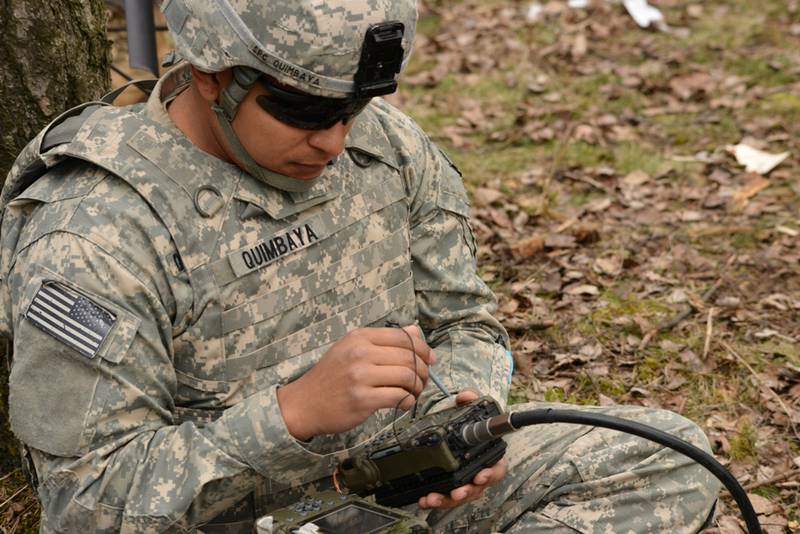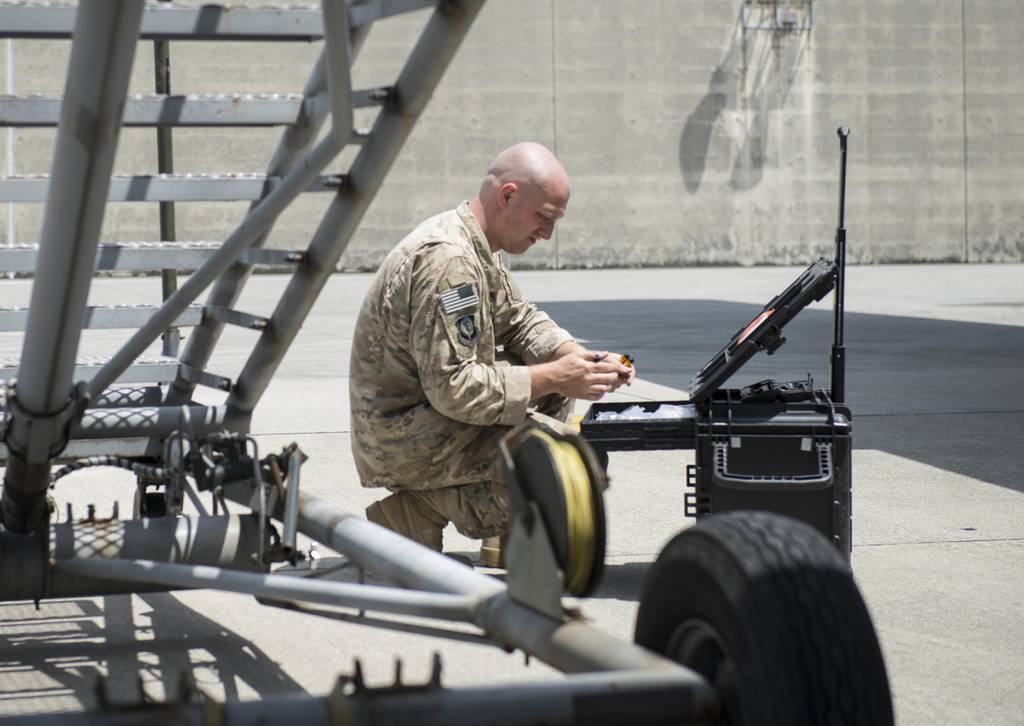WASHINGTON — The U.S. military is failing to speedily develop and deploy electronic warfare equipment amid a global competition for electromagnetic spectrum supremacy, according to a congressman who served in the Air Force for more than two decades.
After years of putting electronic warfare on “autopilot,†troops’ ability to now jam and spoof and spy from afar has “withered,†said Rep. Don Bacon, a Nebraska Republican and former director of intelligence, surveillance and reconnaissance strategy, plans, doctrine and force development.
“I’m seeing, mainly, a lot of talk, a lot of thinking going on behind closed doors,†Bacon said at a July 18 event hosted by the Hudson Institute, a think tank. “I don’t see the output, the actual combat capability output that we need.â€
U.S. prioritization of high-end electronic warfare systems dropped following the Cold War. It has since experienced a resurgence, as competition heats up with world powers such as China and Russia. Modern militaries rely on the electromagnetic spectrum to communicate, guide weapons, navigate and other crucial tasks.
“By the time I was a colonel, a brigadier general, it was clear we let things atrophy to a large degree and Russia and China in many areas had surpassed us, because they were focused on it,†Bacon said. “We’re just too slow. It shouldn’t take us five years, six years to turn the ship around.â€
Bacon was promoted to colonel in 2005 and brigadier general in 2011, according to his Air Force biography. He was first elected in 2016 and serves on the House Armed Services Committee.
RELATED

The lawmaker’s remarks echo those made by Air Force Gen. CQ Brown, President Joe Biden’s pick to be the next chairman of the Joint Chiefs of Staff.
Brown earlier this month warned Congress in written testimony that the military has lost electronic warfare “muscle memory†after spending years fighting lesser-equipped forces, especially in the Middle East. Such diminishment, Brown added, leaves troops vulnerable.
The Air Force last year announced a “sprint†to identify and address electronic warfare deficiencies. Prior to that, the service activated the 350th Spectrum Warfare Wing, populated with electromagnetic specialists and technical experts.
More recently, the 556th Test and Evaluation Squadron completed initial ground and flight testing of an MQ-9A Reaper drone fitted with the Angry Kitten ALQ-167 Electronic Countermeasures Pod.
The successful trials in Nevada focused on providing electronic attack from the Reaper, a General Atomics Aeronautical Systems product typically used to collect intelligence or conduct reconnaissance. The jammer pod is derived from technology developed by the Georgia Tech Research Institute.
Colin Demarest was a reporter at C4ISRNET, where he covered military networks, cyber and IT. Colin had previously covered the Department of Energy and its National Nuclear Security Administration — namely Cold War cleanup and nuclear weapons development — for a daily newspaper in South Carolina. Colin is also an award-winning photographer.








